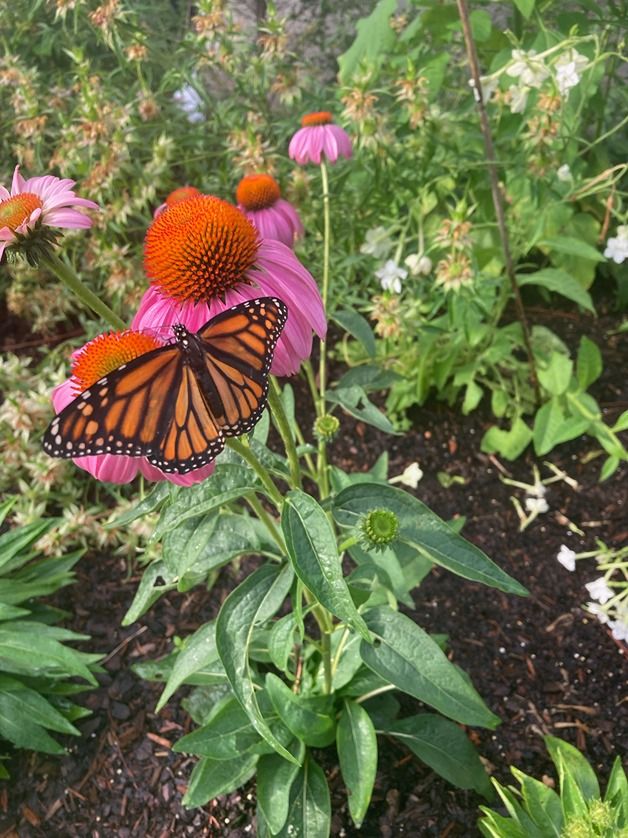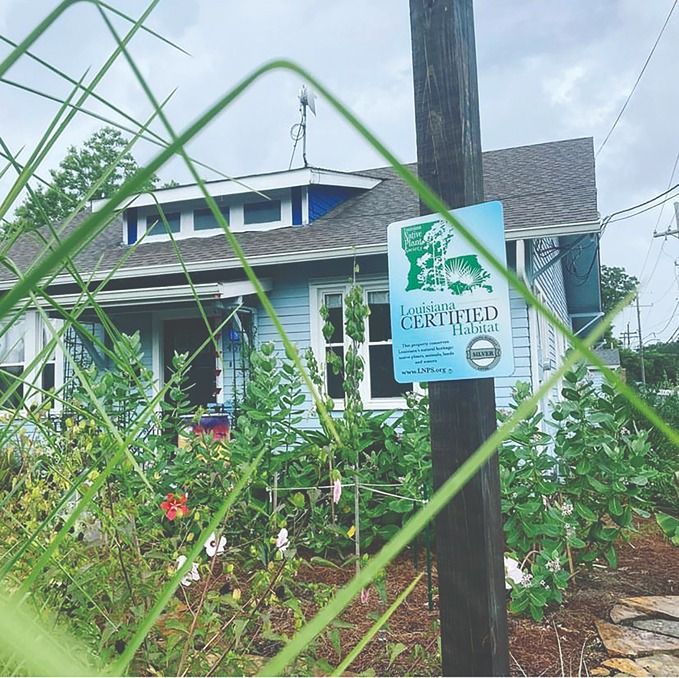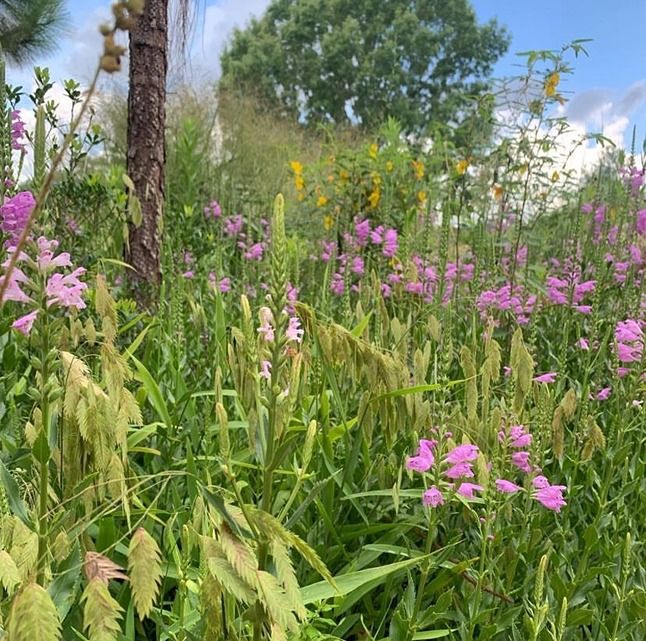Native Gardening in Louisiana
Ashlee Bracken—one-third owner of Swamp Fly, a local, women-owned, environmental firm that offers consultation, design, installation and maintenance services that specializes in native landscaping—explains why we should all consider "going native."

Every spring and summer, gardeners and garden enthusiasts flock to their local plant nurseries to grab the prettiest flowers and foliage to bring a little more of that greenery into their lives. It's hard to resist the blooms. Plus, who doesn't love a shopping trip? However, before you go out and spend your next paycheck on plants that will last for a few months (if you've got a good green thumb), consider the trending "new" style—native landscaping.
Gardening & the Environment
One quick Google search about native landscaping will land you in a world of articles about California or the Midwest. A lot of these places focus on drought tolerant plants, but, here in Louisiana, drought is not our issue—flooding is. One of the main focuses of native landscaping here is water absorption. Many of Swamp Fly's designs focus on green infrastructure and stormwater management.
"I'm not saying we can change the world by planting natives, but as we enter more of a water world, as we become more inundated with water, we can help mitigate that." Ashlee goes on to explain, "We have a lot of rain events that cause major flooding. People lose their cars, their houses. That water just sits. It's pretty wild what you can do with a water retention garden. The water drains so much faster, and it doesn't sit there for nearly as long. And that can make the difference for your car flooding or not."
Outside of the amazing water retention functionality of a native landscaped yard, the benefits can also be seen in the local ecosystem. Having native plants and a native space provides habitat for all the local creatures that are seeing their natural habitats disappear. Everyone, hopefully, wants to save the bees, but you can see all sorts of critters in your native yard, including song birds and butterflies. While helping the local ecosystem is a major plus, experiencing it is even better.

Remembering a previous client, Ashlee says, "We have a client in Gentilly who wanted a native landscape. She said she wanted her garden to look like a witch lived there, even if it meant all her neighbors would hate her. But now, all her neighbors are always hanging out with her in her garden, even coming to collect seeds because they love it. She thought they were going to hate it, and she had accepted that she was willing to be hated to have the native landscape she wanted, but now people want it. They see all the butterflies in the garden and realize they want that too. A lot of her neighbors have called us, and we've done a lot of renovations over there. They get to experience their lawn as a truly wild space."
Native Landscaping is Hard Work
Many avid gardeners enjoy the look of a traditional garden. However, that comes with a lot of maintenance and issues. As much as cutting the grass can be a cathartic, meditative experience, the constant upkeep creates excessive emissions. Traditional gardening also involves a lot of spraying pesticides, and fertilizing, which adds unnecessary chemicals to our soil and water run-off. Many naysayers want to keep their grass, and their traditional garden look, but Swamp Fly has an answer to that.
Ashlee explains, "There are a lot of people who want grass for their dogs, their kids. We do try to stick with only natives, but we have done lawns that are more sustainable, living lawns using dwarf mondo grass. It's low maintenance and dormant in the winter. Doing a living lawn like that is not native, but it's sustainable. We are currently trying to figure out a way to do a native alternative to grass. But also, kids play in the forest all the time. Dogs run in the forest all the time. They don't really need grass. If it's mulched or low-lying stuff, they can still hang out in the garden. Sometimes we leave open patches, or do pathways with dedicated areas for hanging out and playing.

If you want a beautiful flower garden, our native flowers are going to produce way more blooms. You can cut them, and bring them in your house. They are also host plants for a lot of butterflies and moths. So you just get to experience more of a magical wonderland when you have them. It genuinely is more alive."
People come from all over the world to marvel at the natural beauty of Louisiana. Our unique ecosystem and landscape are filled with life and magic. Countless myths, legends, and stories are rooted in the mysticism of our lands. Looking out at your yard, it's hard not to want a bit of that magical and mythical wonderland. Having a native landscaped yard brings a little of that magic home. When you drive through neighborhoods and subdivisions, all you see is concrete and grass. Gone is the magic, but also gone is the supportive system that keeps our city from going under water.
To conclude, Ashlee remarks, "I believe it is important to rewild our human environment. We are becoming more and more what North America is. We have significantly more human environment than national and state parks. We are the wild space. And we can make the difference."

